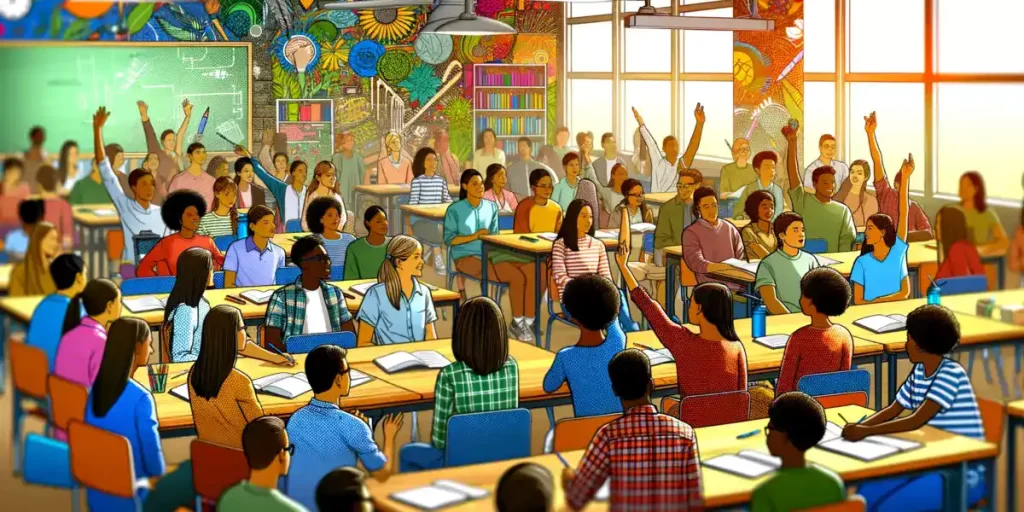Classroom communication is much like a dance. It requires rhythm, understanding, and a connection between those involved. In a classroom, this dance of words and gestures happens between teachers and students, shaping the way lessons are learned and understood.
This communication is crucial. It’s the bridge that connects teaching to learning, ideas to understanding, and individuals to the community.
But have you ever wondered what makes this bridge strong or weak? Why do some classrooms buzz with lively discussions while others are quiet? The answer lies in various factors that influence how communication unfolds in these learning spaces.
Imagine a teacher who speaks with clarity and enthusiasm, a classroom arrangement that encourages eye contact and interaction, or digital tools that connect ideas in fascinating ways. These elements can turn a lesson into an adventure. However, challenges like language barriers, cultural differences, and even personal anxieties can also make the communication dance a bit more complicated.
Recognizing and understanding these factors is the first step toward creating a classroom environment where every student feels heard, valued, and engaged.
Factors Affecting Classroom Communication
The Teacher’s Toolkit: How Teachers Talk and Act
Words Matter
The way a teacher speaks, the words they choose, and how clearly they explain concepts can make a big difference. It’s not just about what is said but also how it’s said.
Actions Speak Loudly
Non-verbal cues, like a teacher’s gestures, facial expressions, and even their posture, send strong messages to students. A warm smile or an encouraging nod can boost a student’s confidence.
The Melting Pot: Embracing Student Diversity
Many Voices, One Classroom
Students come from different backgrounds and cultures and speak various languages. Recognizing and valuing these differences makes communication richer and more inclusive.

Learning Together
It’s important to create an environment where everyone feels heard and respected, regardless of their background.
Space Counts: The Role of the Classroom Itself
The Setup
The way desks and chairs are arranged can encourage or discourage conversation. Are students facing each other or just the teacher? A circle or U-shape arrangement can spark more interaction.
Comfort Zone
A comfortable, well-lit, and welcoming space makes students more likely to open up and participate.
Tech Talk: Digital Tools in the Classroom
High-Tech Help or Hinderance
Technology, like computers and tablets, can be a great aid in learning and communication. But it’s important to use them wisely. Too much screen time might limit face-to-face interaction.
Connecting the Dots
Digital tools can bridge gaps, especially for remote learning or shy students who feel more comfortable typing their thoughts.
Building Bridges: Overcoming Communication Barriers
Breaking Down Walls
Sometimes, students or teachers may feel nervous or unsure about speaking up. Building a supportive atmosphere where everyone feels safe to express themselves is key.
Small Steps for Big Gains
Encouraging small group discussions or one-on-one chats can help those who feel overwhelmed in larger groups.
Conclusion
Creating a classroom where good communication flourishes is like nurturing a garden. It needs care, attention, and understanding of the unique factors that affect how we talk and listen to each other. By focusing on these key areas, we can ensure that every voice is heard and every student has the chance to shine.
Boko Ducky has over 10 years of experience in helping individuals and organizations improve their communication skills.



